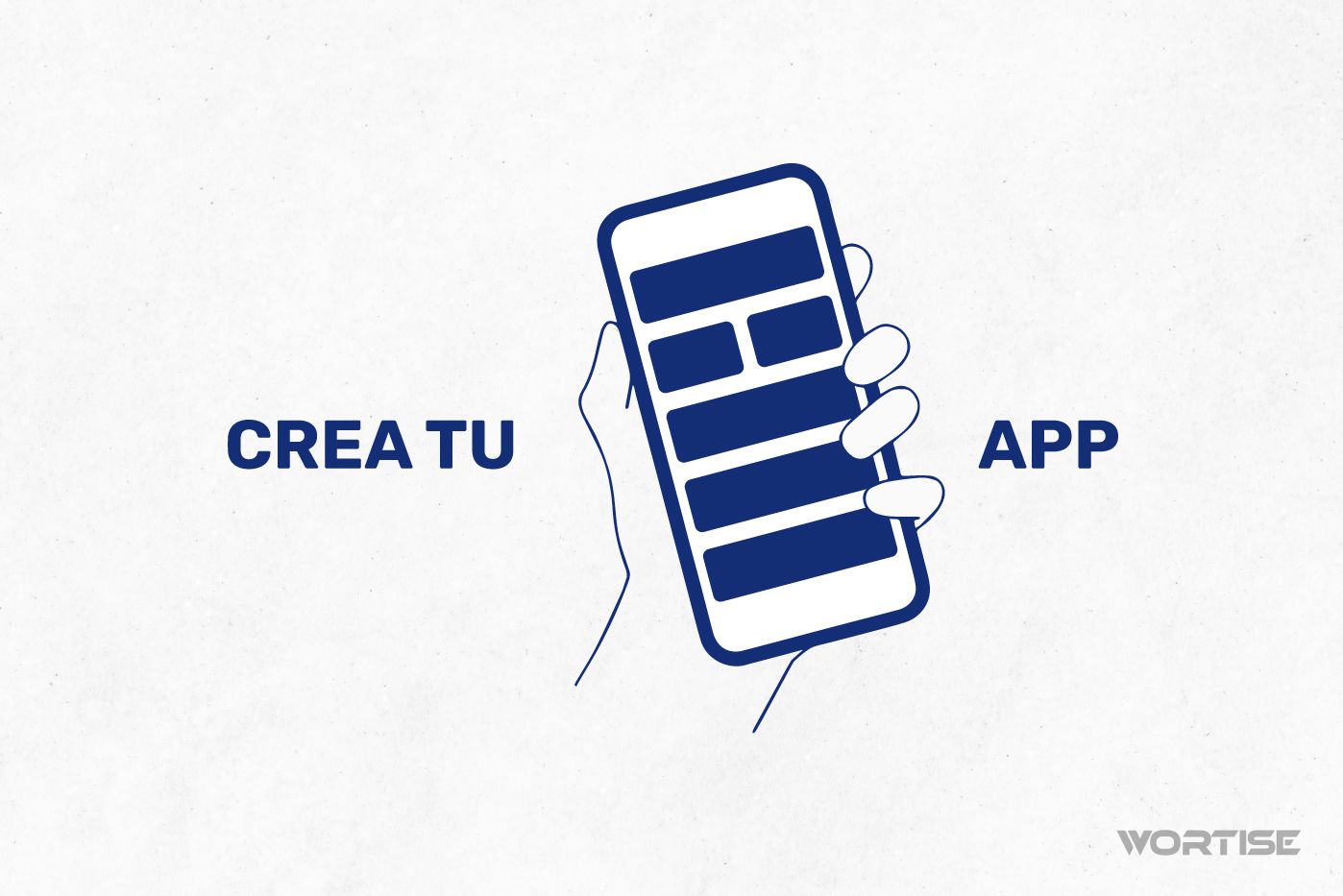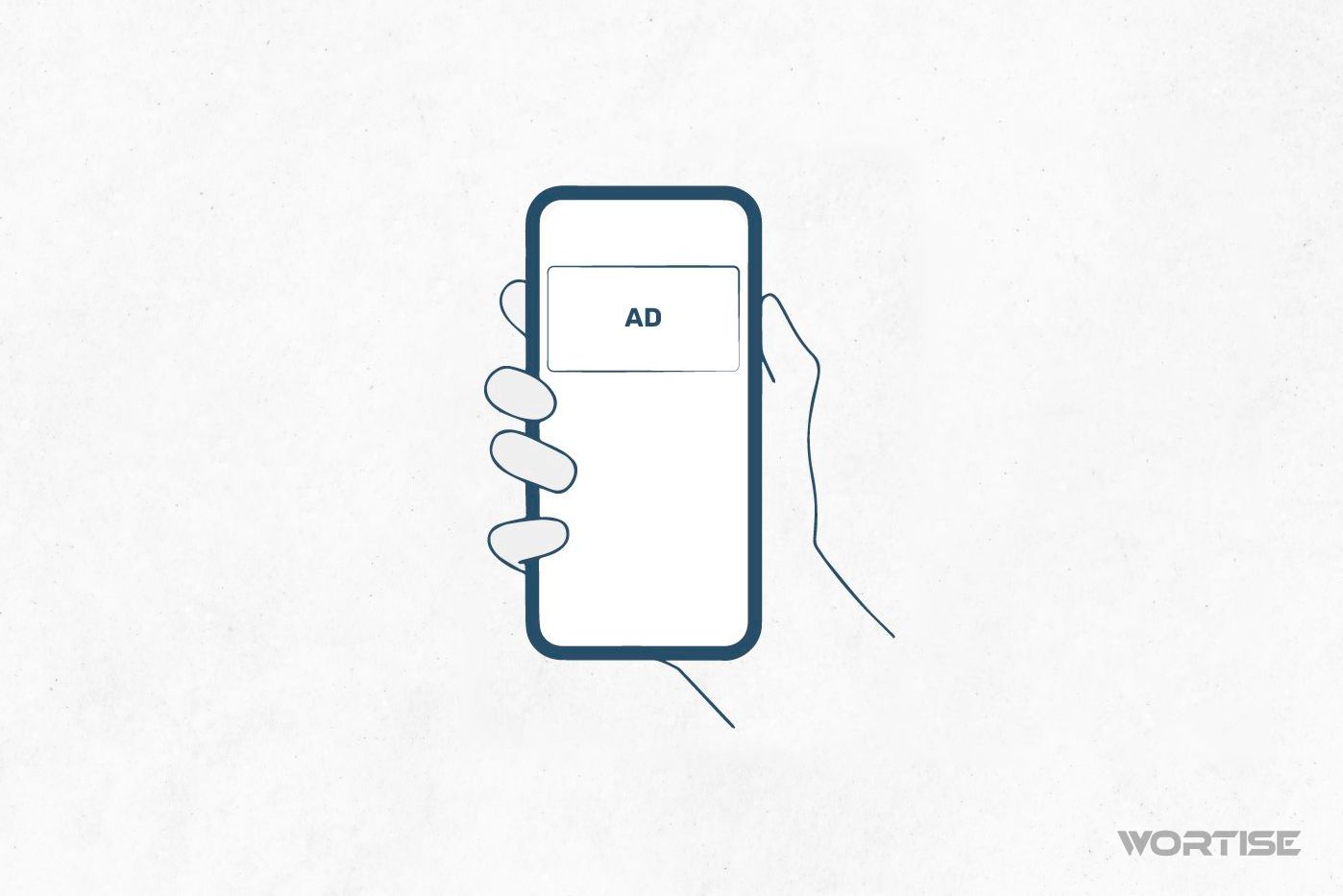En el mundo de la publicidad programática conocemos la utilidad del CPM vs el RPM para el cálculo de ganancias. Pero, a veces, no queda claro para todos cuál es el objetivo de cada una de estas métricas, especialmente para los publishers que comienzan su carrera.
¿Estás entre quienes no lo terminan de tener claro? Entonces, es el momento de salir de dudas.
Si estás leyendo esto, es probable que cuentes con un equipo que se encarga de las estimaciones. Aunque seguramente es muy eficaz, para ti es vital conocer con precisión cada elemento que contribuye a definir tus estrategias, optimizarlas e incrementar tus ingresos. Cuando tienes claro el panorama, puedes crear en conjunto planes más efectivos.
Además de mejorar el diálogo con tu equipo, comprender el uso de las métricas te da una visión distinta del ecosistema de la programmatic advertising. Sabes qué buscan editores y anunciantes, cómo pueden estimarlo y qué herramientas deben usar para medir su éxito. El conocimiento sólo se traduce en mayores ingresos.
CPM vs RPM: algunas consideraciones para distinguirlas
Informes, proyecciones y propuestas de trabajo: seguro has visto métricas casi todos los días. Pero si aún no tienes claro cómo identificarlas y diferenciarlas, debemos partir de algunas premisas fundamentales. ¿Qué son? ¿Les sirven a todos? ¿Cuáles te interesan como publisher? Con las respuestas a esas preguntas, es mucho más sencillo distinguir el CPM vs RPM.
Por tanto, es necesario revisar qué es una métrica, cuáles son las más empleadas y en qué forma puedes aprovecharlas para tus labores de editor.
Las métricas son la base para medir los resultados de cualquier estrategia de monetización
Una métrica, en esencia, no es más que una fórmula que puede ayudarte a estimar o evaluar los avances de cualquier campaña de programmatic advertising. Esos progresos tienen expresiones distintas para los publishers, que aplican estrategias de monetización, y para los advertisers, que estudian la efectividad de sus planes de colocación de anuncios.
A diferencia de un Indicador Clave de Rendimiento o Key Performance Indicator (KPI), una métrica mide aspectos específicos involucrados en la publicidad programática. Algunas están dirigidas a cuantificar aspectos de interés para los editores.
¿Por qué las métricas les interesan a los publishers?
Estas fórmulas contribuyen a ajustar cualquier estrategia de monetización que estés desarrollando. En este punto, puedes optimizar tu inventario de anuncios, mejorar el desempeño de tu app o realizar ajustes técnicos para garantizar un mayor porcentaje de clics sobre una creatividad, por ejemplo.
Las métricas también te ayudan a estudiar las beneficios de los métodos de pago que pactes con los advertisers, así como a calcular cuántos ganarás. Dependiendo del mecanismo, se aplican fórmulas específicas para cada escenario.
¿Las métricas funcionan también para los advertiser?
Sí, son instrumentos indispensables para garantizar el éxito de cualquier campaña. Ayudan a estimar cuánto deben invertir, cuáles son los progresos obtenidos y cuál es el retorno de su ganancia.
Hoy, es prácticamente imposible sobrevivir en el mundo de la programmatic advertising sin emplear métricas. Son tus aliadas fundamentales para conocer efectivamente si el camino que elegiste realmente te da resultados.
Por supuesto, cada métrica tiene su utilidad. ¿Cuál usar? ¿En qué momento debes emplearlas? En este punto, llegó el momento de entender las diferencias entre CPM vs RPM.
CPM, una métrica que funciona para publishers y advertisers
El Coste por Mil Impresiones o CPM es, en primera instancia, una métrica que responde a uno de los modelos de pago más comunes en publicidad programática. Cada vez que un anuncio obtiene una impresión, estás monetizando. En función de esa dinámica, los advertisers diseñan también sus planes de inversión.
Esta métrica generalmente se usa para la publicidad gráfica, que no requiere acciones adicionales como clics o conversiones. Además, puede ayudar a un editor a evaluar y optimizar su inventario de anuncios.
¿Cómo puedo calcular el CPM?
Es una fórmula muy sencilla. Solo debe dividirse la inversión prevista en una campaña entre el número de impresiones esperadas. El resultado se multiplica por mil. Si tuviéramos que graficarla, sería así:
CPM = (Costo de la campaña / Impresiones esperadas) x 1000
Supongamos que un anunciante invertirá 100.000 dólares en una campaña para generar 900.000 impresiones. En este caso, el cálculo es el siguiente
100.000 / 900.000 = 0,11
0,11 x 1000 = 111
CPM = 111
En este caso, el anunciante pagará 111 dólares por cada mil impresiones que genere la campaña.
Como ves, con el CPM podremos lograr dos propósitos. En el caso de los anunciantes, les permite estimar sus inversiones y evaluar las redes de anuncios más efectivas para sus propósitos. En el caso de los publishers, les da una primera aproximación de las potenciales ganancias que obtendrán con un anuncio específico.
CPM y otras métricas de interés
Si bien el CPM permite estimar inversiones y ganancias que reporta un anuncio, tiene una limitación. Parte del escenario ideal, al hacer cálculos considerando que se alcanzará el número máximo de impresiones planeadas. Por eso, se usa generalmente para hacer estimaciones iniciales.
Para resolver esa situación, se han planteado algunas variaciones de esta métrica que ayudan a evaluar el escenario real. Cuando las conozcas, verás que tienes muchas posibilidades para mantener el pulso de tus planes y estrategias de monetización.
eCPM o Coste Efectivo por cada Mil Impresiones
Estima los ingresos que obtienes por cada mil impresiones que efectivamente obtengan un anuncio, es decir, cuando efectivamente es visto. Para calcularlo, solo tienes que dividir el total de ingresos que reportó una campaña entre la cantidad de impresiones que realmente alcanzó. El resultado debe multiplicarse por 1.000.
vCPM o Coste por Mil Impresiones Visibles
Se emplea en sitios web para estimar el número de visitantes de un sitio web que efectivamente vieron un anuncio. Su cálculo también responde a un modelo de pago. En ese caso, el advertiser paga cada vez que la creatividad efectivamente es vista por un usuario.
¿Para qué te sirve calcular el CPM?
En el caso de tu trabajo como publisher, esta métrica te ayuda a ampliar las posibilidades de generar mayores ingresos, pues puedes fijar un precio más adecuado a tu inventario de anuncios, determinar cuáles son los advertisers que te reportan mayores ingresos y cuáles son los ad formats que te brindan el mejor rendimiento.
A esos beneficios se suma uno muy importante: tus decisiones tienen una mejor base, pues estás partiendo de datos precisos y procesados.
RPM: prepárate para estimar tus ganancias
Si algo te preocupa como editor es saber cuánto estás ganando con todos los anuncios que se muestran en tu app. Distintos anunciantes usan tu plataforma para colocar sus creatividades, así que necesitas una mirada global de lo percibido por monetización. Acá entran en acción los Ingresos por Cada Mil Impresiones
o RPM.
Con esta métrica, calcula el revenue obtenido por cada 1.000 impresiones que registran los anuncios publicitarios en tu aplicación. Eso incluye los distintos formatos que se muestran, sean banners, video ads, playable ads o cualquier otro.
¿Cómo se calcula el RPM?
En este caso, debes dividir los ingresos totales que recibe tu aplicación vía publicidad programática entre el total de impresiones que alcanzó. El resultado se multiplica por 1.000.
En este caso, la fórmula se construye así:
RPM = (Ingresos totales / Total de impresiones) x 1000
Veamos este escenario: un publisher registra por publicidad programática 400.000 dólares de ingresos totales y reporta 750.000 impresiones en total.
En este caso, el cálculo es de la siguiente forma:
400.000 / 750.000 = 0,53
0,53 x 1.000 =
RPM = 530
Así, con cada mil impresiones que reportó el editor en su aplicación, recibió 530 dólares.
Con este cálculo, puede trazar acciones que contribuyan al cumplimiento de sus planes de monetización para mantener o aumentar sus ingresos por publicidad programática.
El RPM y otras métricas de interés
Así como el CPM comparte similitudes con otras métricas, el RPM también tiene indicadores similares. Están diseñadas para una medición más específica de variables de interés para evaluar ingresos y desempeño de componentes específicos dentro de los planes de monetización.
Cada una de estas fórmulas pueden resultar útiles para un editor, según las características de su aplicación y de su inventario de anuncios.
RPM de página
Determina cuánto paga un anunciante por cada 1.000 impresiones efectivas en una página web. Para estimarlo, se dividen los ingresos totales entre la cantidad total de impresiones por página. El resultado se multiplica por 1.000.
Con esta métrica, puedes saber cuáles son las páginas de anuncios que tienen mejor desempeño, evaluar cómo están configuradas y tomar esa información para optimizar aquellos que no están brindando el resultado esperado.
RPM de sesión
En este caso, se calculan las ganancias en función del número de visitas que tiene un sitio web. Para ello, toma en cuenta cada ocasión en la que un usuario entra y mantiene de forma ininterrumpida la interacción con la plataforma. Eso es lo que se conoce como sesión.
La fórmula en ese caso es similar a otras. Se dividen los ingresos totales entre el número de sesiones. El resultado se multiplica por 1.000.
Esta métrica es muy útil no solo para medir el rendimiento de un anuncio, sino también para detectar otros aspectos del sitio web que puedan incidir en la experiencia del usuario.
¿Qué beneficios obtienes cuando calculas el RPM?
A diferencia del CPM, el RPM te ayuda a obtener una radiografía global de tu inventario de anuncios. Sabrás cuáles son los formatos más atractivos, estimar el valor real de tu espacio publicitario y diseñar estrategias mucho más eficaces que hagan realidad tu planes de monetización.
Puedes, por ejemplo, mejorar los mecanismos de colocación de anuncios y optimizar la experiencia de los usuarios, aspectos fundamentales para lograr impresiones efectivas y, por ende, más ingresos.
Además, puedes revisar el desempeño de tu inventario de anuncios en distintas plataformas, para orientar mucho mejor tu presencia en estos entornos.
En este punto, debemos advertirte algo: con el RPM se obtiene una estimación, no un monto exacto de ingresos. Aún así, es una herramienta útil para tomar decisiones oportunas y hacer ajustes en el momento indicado.
¿Diferencias entre CPM vs RPM? Esto es lo que debes tener claro
Ahora que ya sabemos qué función cumple el CPM frente al RPM, es más fácil comprender las diferencias entre estas métricas. Están centradas en la utilidad para publisher y advertisers, evaluación de los anuncios y su utilidad en la oferta de publicidad programática.
El CPM es una métrica centrada en la inversión del anunciante
El Coste por Mil Impresiones no sólo es la base de un modelo de colocación de anuncios, también es una vía para determinar el costo y hacer seguimiento de una campaña publicitaria. En el caso de las subastas en redes de anuncios, esta métrica ayuda a determinar el costo de impresión de una creatividad.
Esta métrica, además, sólo toma en cuenta las impresiones en una aplicación o sitio web. Deja de lado otras formas de interacción del usuario.
El RPM se enfoca en los ingresos que generan los publishers
Esta métrica es útil para evaluar las ganancias y determinar si los planes de monetización realmente están funcionando. Es más amplia en los elementos que cuantifica: además de las impresiones, también toma en cuenta otras variables como la visualización de páginas o la interacción con el sitio web.
A diferencia del CPM, el RPM no se usa para la determinación de precios en las subastas de redes de anuncios. Eso reafirma su utilidad casi exclusiva para los publishers.
¿Necesitas ir más allá del CPM vs RPM? En Wortise estamos listos para poner las métricas a favor de tus ganancias
¡Hola, Publisher! Nadie como tú sabe qué importante es medir el desempeño de tu aplicación y de tu inventario de anuncios. Cada acción que cuantificas es una nueva oportunidad para afinar tus estrategias. Pero muchas veces necesitas la ayuda de un equipo experto en publicidad programática. El nuestro está listo para ayudarte.
Nuestra experiencia te vinculará con grandes advertisers, te impulsará a optimizar tus planes de monetización y mejorar tu desempeño general como publisher.
Te conectamos con más de 100 Ad Networks, ofrecemos el eCPM más alto del mercado y soporte personalizado para atender cualquier duda relacionada con las tareas de monetización in-app.




